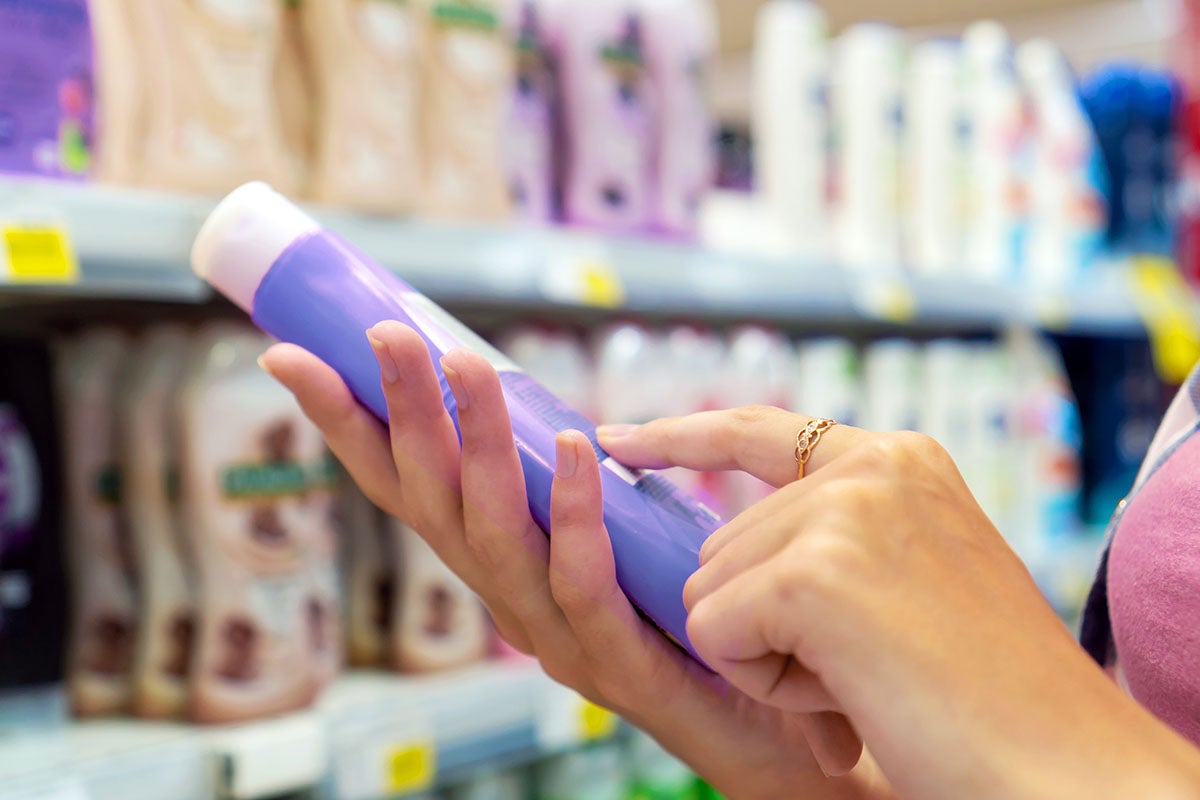Tech Tips
PCR vs. PCW Sustainable Packaging Materials: What Brands Need to Know

PCR vs. PCW sustainable packaging materials: What's the difference?
As sustainability becomes a top priority for both brands and consumers, packaging decisions are increasingly guided by environmental considerations. Two types of sustainable packaging materials, Post-Consumer Recycled (PCR) and Post-Consumer Waste (PCW), are gaining traction in flexible packaging.
PCR and PCW refer to different aspects of the recycling process. While PCR is a subset of PCW focused on plastic reuse, PCW encompasses a wider spectrum of post-use materials. For converters, the difference between PCR and PCW goes beyond sustainability messaging.
Each type of material comes with unique processing requirements, sourcing challenges, and compatibility considerations that can impact production efficiency and final package performance. Understanding the differences between PCR and PCW can help brands deliver sustainable packaging that aligns with customer expectations.
What is PCW?
Post-Consumer Waste (PCW) refers to any material (paper, cardboard, or plastic) that has been used and discarded by consumers, then reclaimed for reuse in manufacturing other products.
Key benefits of PCW:
- Energy savings: PCW typically uses less energy to process than virgin materials
- Waste diversion metrics: PCW content helps brands communicate reductions in landfill dependency.
- Resource and emissions reduction: As sustainable packaging material, using PCW reduces demand for virgin pulp and plastic, leading to lower environmental footprints.
PCW material quality can vary depending on source and processing, which may require additional steps to ensure printability, uniformity, and performance, especially in high-speed production environments.
What is PCR?
Post Consumer Recycled (PCR): material (often resin, fiber, or glass) that has been recovered from post-consumer waste (PCW) and reprocessed into usable raw material for new products.
Consumers recycle plastic → which gets collected, sorted, cleaned → re-pelletized into resin → used to make new packaging or products.
Key benefits of PCR: Why it’s a game-changer in packaging
- Supports the circular economy: PCR reintroduces used plastic back into the production cycle, reducing the demand for virgin plastic made from non-renewable petroleum.
- Regulatory compliance: Increasing regulations favor materials with recycled content, making PCR a proactive choice for sustainable packaging.
- Maintains packaging quality: PCR films offer the same protection, strength, and barrier performance as virgin plastic films.
- Convenient for consumers: Unlike recyclable or compostable packaging, no end-user behavior change is required, making it a quick sustainability win.
Common Uses for PCR:
PCR is popular in packaging formats like:
- Labels
- Stand-up pouches
- Lay-flat pouches
- Rigid containers and cardboard boxes
PCR is what PCW becomes
Offering PCR options for customers allows you to reduce plastic dependency without compromising packaging performance or aesthetics.
Sustainability isn't just a trend, it's a shift in consumer expectations and industry standards. Embracing post-consumer materials is a powerful step toward reducing waste and promoting a circular economy.
NEW! OptiFlex® EcoFocus® BOPPs with 30% PCR | View Flexcon's Sustainability Impact Report